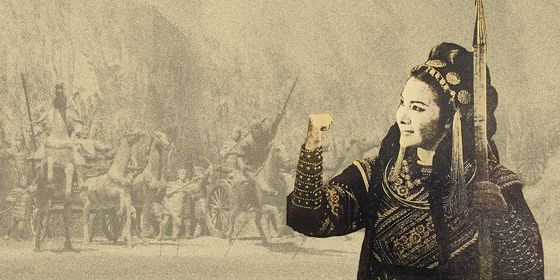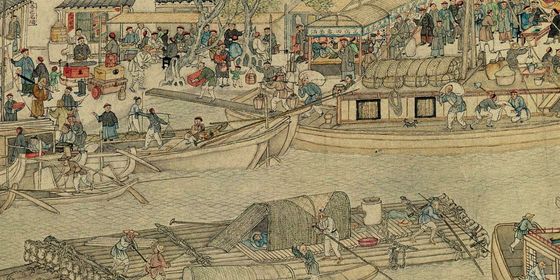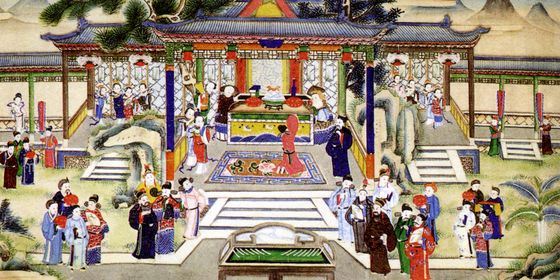China’s pioneering female-only mosques have a long history, but female imams have drawn opposition from conservative quarters
China has a long, nuanced history of Islam, and one of the most surprising outcomes of centuries of cultural exchange and experimentation has been the creation of female-only mosques, led by female imams.
With a dense cluster located in Kaifeng, Henan Province, and over a dozen more scattered throughout the country, these matriarchal mosque stand in stark contrast to the majority of mosques which cater to both genders, but have segregated areas and only male imams.
Female mosques began during the 18th Century as schools exclusively for women, to pray and be educated in understanding the Quran. Progressively, these spaces became fully recognized mosques where regular ceremonies were conducted by nu ahongs, “female imams.”
But their history arguably goes back further. During the late 1300s, the Muslim Hui minority attracted the attention of the ruling Ming Dynasty, whose attempts to suppress unfamiliar cultural practices included forcing Hui to marry ethnic Han people.
Following a long period of social oppression, the Hui went through an Islamic cultural revival that ended up with Chinese Muslim philosophers writing books that instructed people in the 17th Century how to be loyal to both the Islamic faith and the Chinese state. In these books, philosophers wrote about the importance of women in Islam and their role on preserving and transmitting the Islamic faith in China.
As Yin Xiujuan, a 27-year-old spiritual leader in Wuzhong, Ningxia province, told the Associated Press, “the role of a woman is very important, the Quran says that when you educate a man, you only teach one person, but when you educate a woman you teach a whole generation.”
This Sinicized Islam was heavily influenced in the late 20th Century by the role of the Chinese state. Though the Cultural Revolution (1966-76) condemned “feudal” customs, which included religious practices, China’s self-isolation during much of this period also had something of a preservation effect. In particular, all-women mosques remained untouched from the waves of the so-called “radical” waves of fundamental Muslim practice that began after the 1979 Iranian Revolution.
As the government grew more flexible toward religion during the 1980s and well into the 1990s, Chinese authorities required spiritual leaders to comply with rules that included registering sacred spaces. Since then, female-only mosques led by women imams have surged across different cities in the country, although this practice has caused controversy within the Muslim world.
Considered by some a challenge to traditional Islamic practice, female imams are considered by some sects to be haram, forbidden. More conservative countries like Saudi Arabia—where women are not allowed to drive or travel without a male companionship—have funded the construction of other mosques in China, in which a more traditionally Arab style of Islam is taught.
But since China strongly limits foreign religious influence in the country, as it is viewed as a threat to the rule of the Communist Party, the government may see these female-only mosques as a bulwark against foreign religious influence (although there are there are now female-only mosques in Germany, The Netherlands, Lebanon, Denmark, USA, and even Sudan). In contrast to the sometimes-chafing rules on religious practices seen in Xinjiang, China’s female-only mosques appear to be flourishing.
Standing on a podium where typically a man would stand, female imams deliver noon sermons and offer spiritual guidance to other women, sometimes as many as 150. This stands in stark contrast to Confucianism, where there has traditionally been little emphasis on feminist values. That being said, there are practices that female imams here can’t perform, like leading funeral rituals or washing male corpses.
But economic inequality still abounds. Take a look at the salaries of female imams. It’s estimated that female imams in China earned as little as $40 USD a month, which few younger women are willing to accept. Especially considering the amount of time it takes to become familiar with all the practices that an imam must undertake. Since few younger women want to take on the job, current female imams worry the practice may disappear altogether.
Cover image from iqilu.com












